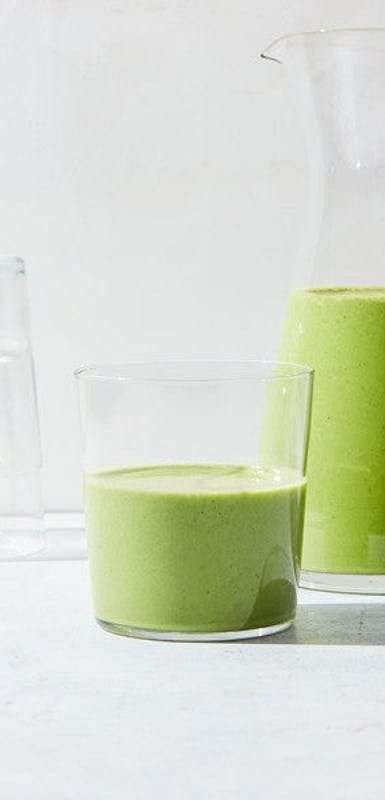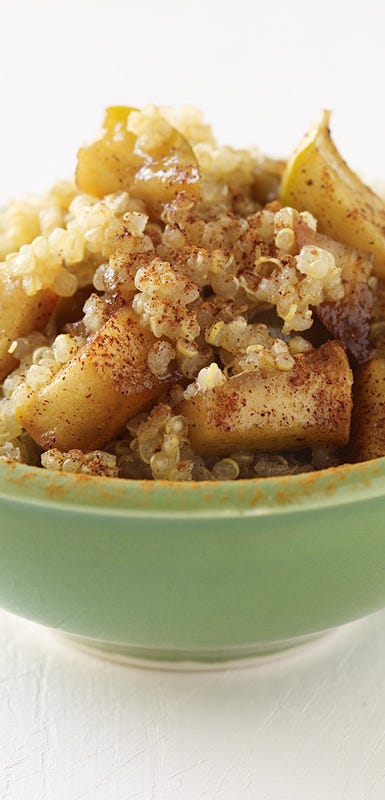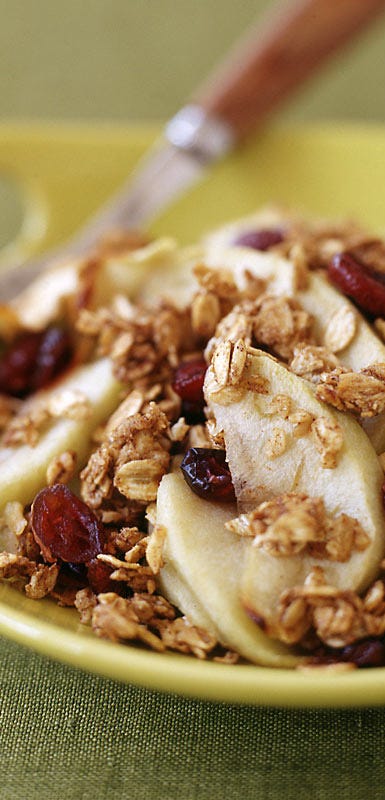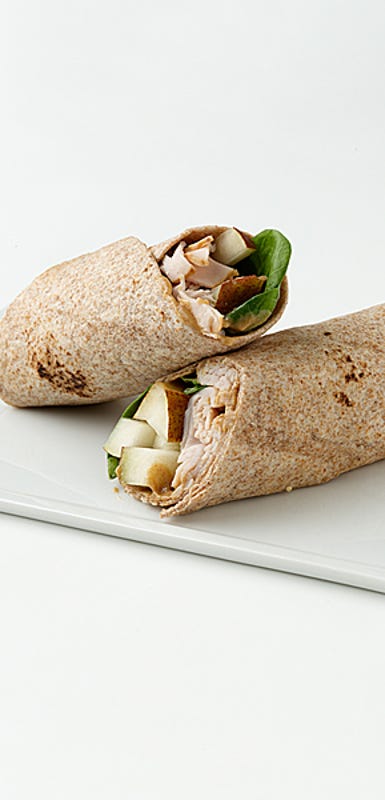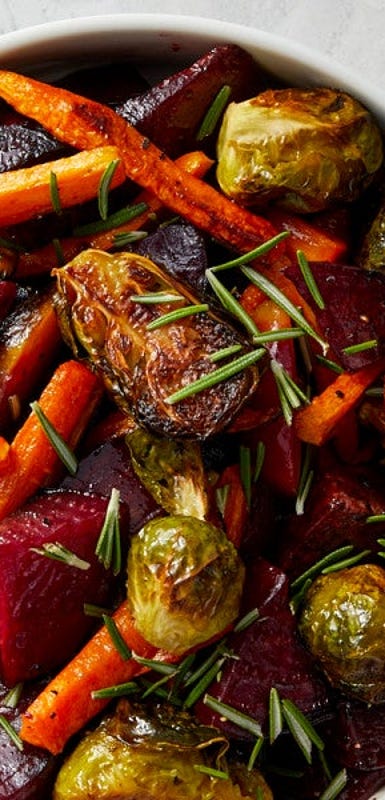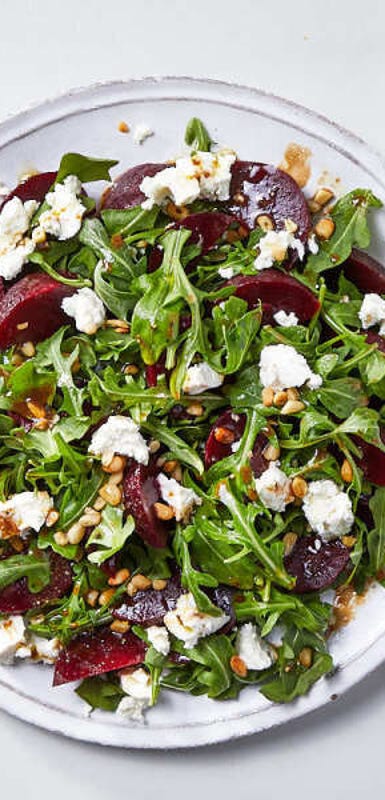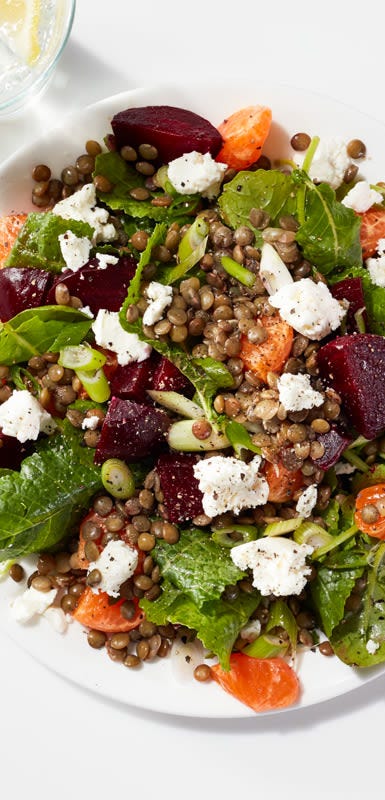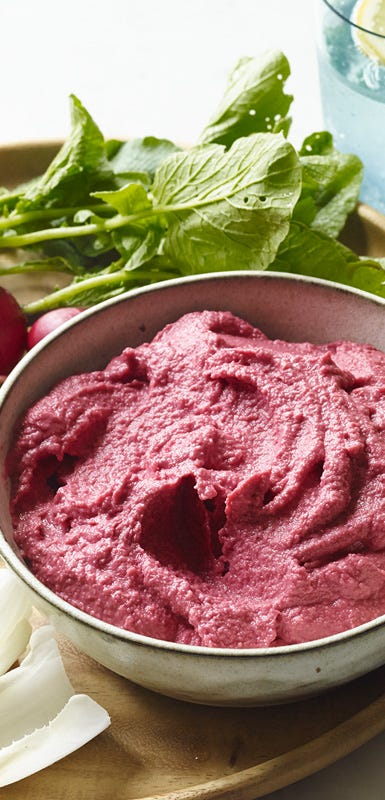Early Autumn Seasonal Produce + Recipes
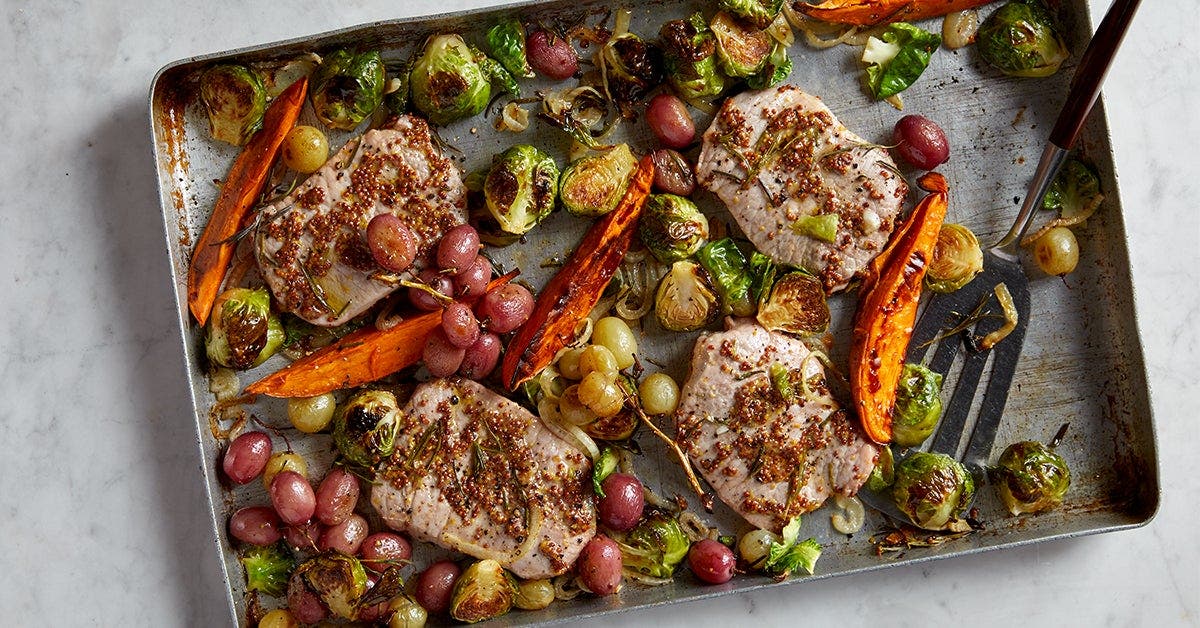

Early autumn has arrived! Along with changing leaves and earlier sunsets, new seasonal produce at grocery stores and farmers markets marks the end of summer and the beginning of fall. Ease yourself into chillier weather with all the bounty Canadian farmers have to offer with these nutrient-rich fruits and vegetables (as well as our favourite recipes featuring these autumnal all-stars.)
Apples
There are several varieties of apple available in early autumn and throughout the rest of the season, including: Red Delicious, Spartan, McIntosh, Honeycrisp, Granny Smith, Pink Lady, Royal Gala, and Ambrosia. Apples are an excellent source of dietary fibre and antioxidants, especially when the peel is left on—one medium-sized apple contains 4.5 grams of fibre. Take advantage of apple season by grating apples into oatmeal, adding them to smoothies, and puréeing the fruit into butternut squash soup for a boost of sweetness.
Eating An Apple a Day is Easy With These Fibre-Rich Recipes:
Grapes
Table grapes (grapes that are grown with the intention of being eaten, rather than used for wine or juice) typically hit peak season in September. Depending on your location, possible varietals include traditional red and green grapes, as well as less familiar types such as Concord, Sovereign Coronation, Bath, Einset, Venus, Somerset, and black Fredonia. Wine grapes such as Muscat and Champagne are also available for consumption in areas of Canada where wine is produced. Grapes are a particularly rich source of copper, a mineral that helps your body make red blood cells, and vitamin K , which helps with blood clotting and bone formation. Try roasting grapes to bring out their innate sweetness or as a light and tasty treat dipped in yogurt and frozen.
Add More Grapes to Your Diet With These Great Grape Recipes:
Cranberries
If your sole experience with cranberries is cooked in a sauce to accompany turkey, you’ll love trying these recipes featuring these tart-sweet red berries. In Canada, more than 90% of all cranberry production occurs in British Columbia and Québec, with the remainder taking place in Maritime provinces. One cup of raw cranberries contains 25% of the recommended daily intake of vitamin C as well as 4 grams of dietary fibre. To include more cranberries in your diet, try adding them (fresh or dried) to baked goods, salads, and smoothies.
Give These Pleasantly Tart and Sweet Cranberry Recipes a Try:
Pears
Pears come into season across Canada in mid-September when the days are still hot, and the nights begin to cool down. Green-skinned pears such as Bartlett and Bosc are common, as well as Red Anjou pears. Asian pears, which taste like mild pears with the crispness of an apple, will also show up in grocery stores but are grown overseas. Pears are another impressive source of dietary fibre, with one medium-sized pear containing a whopping 6 grams as well as 12% of the recommended daily intake of vitamin C. When serving pears, let them take centre stage in a classic recipe for red wine-poached pears or add them to baked goods, wraps, and applesauce.
Learn How to Pair Pears with Savoury and Sweet Ingredients:
Pumpkin
Pumpkins are in season throughout September and October in Canada, and they aren’t just for Jack-o’-lanterns! Look for small pie pumpkins, which have the sweetest flesh, and have the most pronounced pumpkin flavour compared to larger varieties which often taste watery. If the thought of roasting or steaming a whole pumpkin doesn’t appeal to you, buy pure canned pumpkin (unlike pumpkin pie filling, which is sweetened and is flavoured with pumpkin spices.) One cup of cubed pumpkin is a good source of vitamin C and potassium, which is used by the body to maintain cellular fluid. Try adding pumpkin to baked goods for extra moisture or use it to make personalized pumpkin spiced lattes without leaving the house.
These Perfect Pumpkin Recipes Will Keep Your Sweet Tooth Satisfied:
Beets
Whether you prefer red, golden, striped, or sugar beets, September and October are the best time of year to get super-sweet varieties in Canada. Try to purchase beets with the greens still intact and use in recipes calling for leafy greens. One cup of boiled beetroot
contains 20% of the recommended daily value of folate (vitamin B9), which supports red blood cell formation and healthy cell growth. Beets can be served boiled or steamed, roasted, puréed, or raw (usually grated and added to a salad.)

